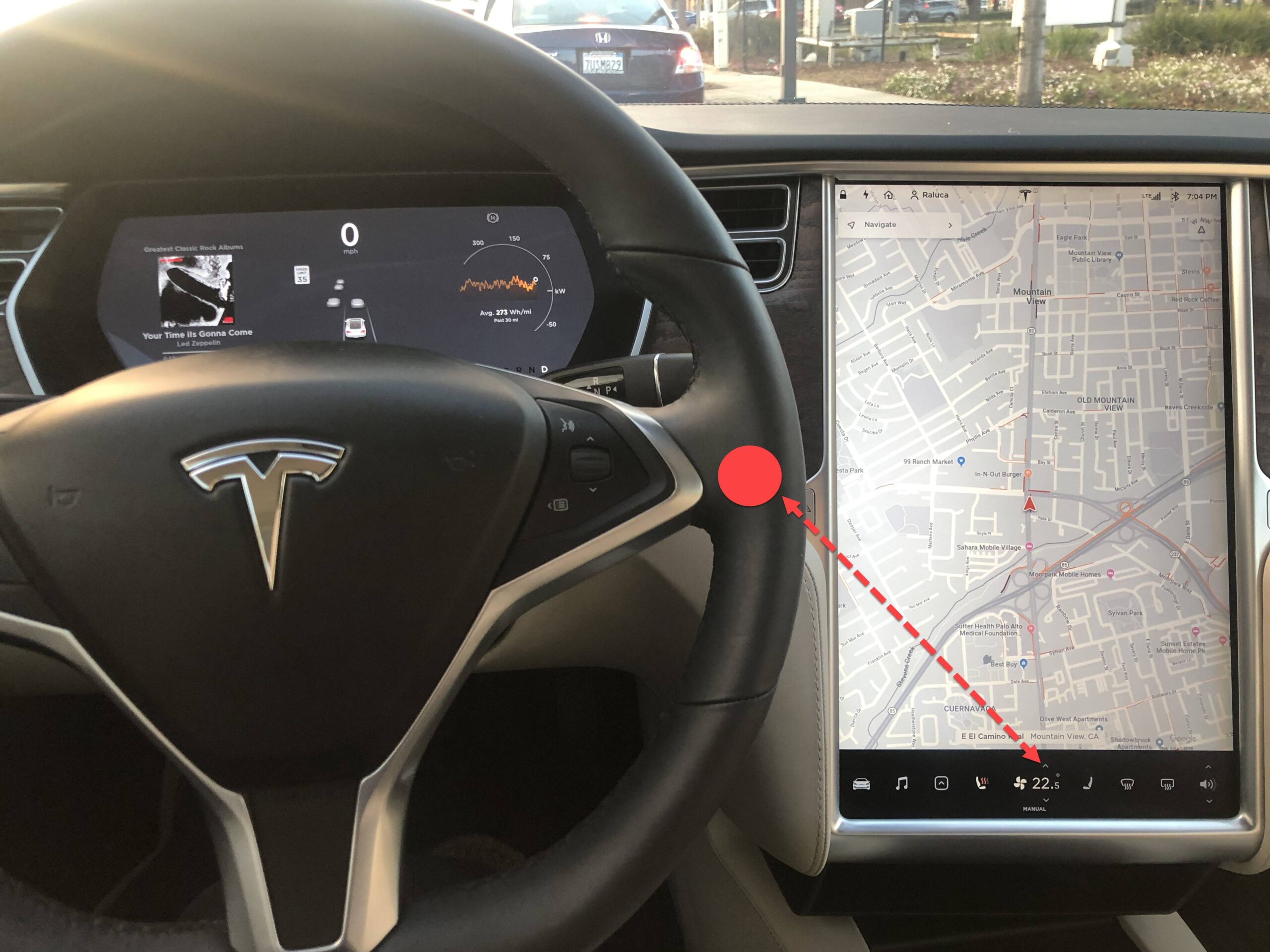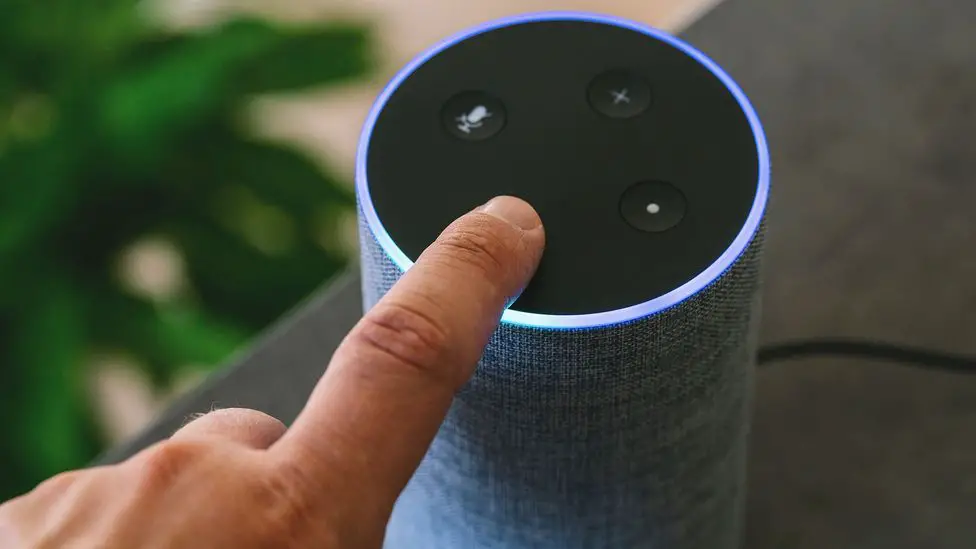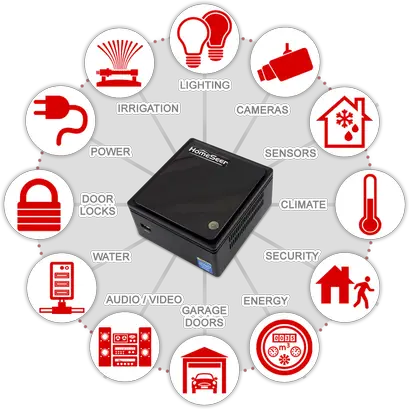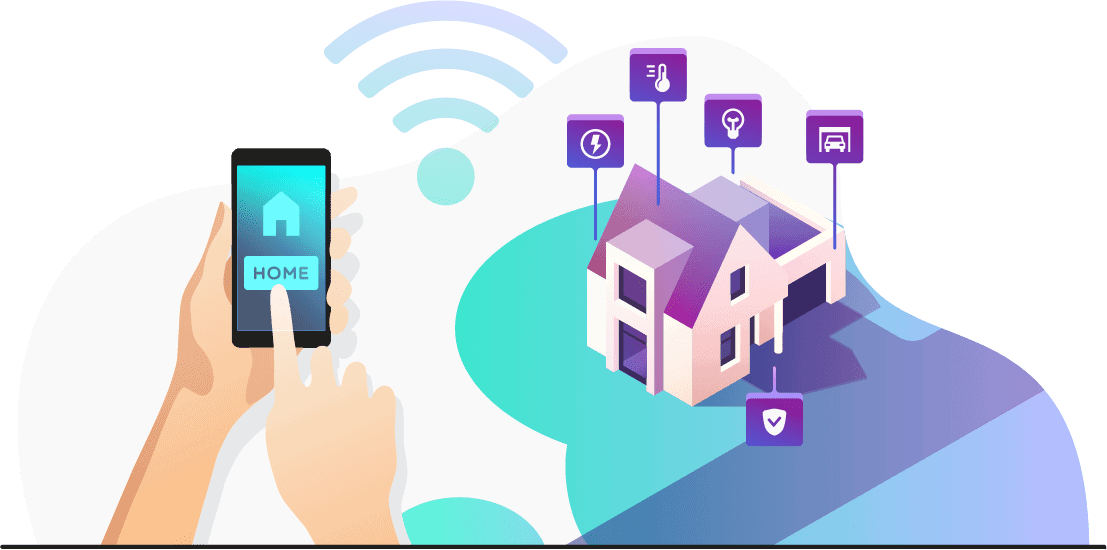Tesla cars use a combination of lithium-ion batteries, electric motors, and propulsion systems. They also have a unique infotainment system and a variety of autonomous-driving features that set them apart from other vehicles.
Autonomous driving technology is one of the main ways that Tesla uses AI to make its cars smarter. Currently, it collects data from hundreds of thousands of drivers to help train its AI algorithms.
Autopilot
Autopilot is a technology used in Tesla cars that allows the vehicle to automatically take control of driving tasks when necessary. It works with sensors located around the vehicle to determine its surroundings and keep the car traveling in the correct lane.
When on Autopilot, the car can also change lanes and adjust speed. However, if the system detects something that should be controlled by the driver, it will bring the control back to the driver.
The technology in tesla cars uses cameras, radar and ultrasonic sensors to support two major features: Traffic-Aware Cruise Control and Autosteer. These systems can also detect objects in the distance and slow down if there are other vehicles on the road ahead of the car.
Smart Summon
Smart Summon is a new feature that rolled out last week as part of Tesla’s V10 software update. This feature allows owners of Full Self-Driving Capable (FSD) or Enhanced Autopilot vehicles to command their car to “Come to Me” when it is no more than 200 feet away from them.
However, the technology isn’t perfect. Some drivers have posted videos of their cars making mistakes, including driving out of parking lots and hitting garage doors.
This is the reason why Tesla has urged customers to use Smart Summon only when the car is in their line of sight. In addition, the company has set a hard limit of 200 feet for this feature.
Autosteer
Autosteer is an optional feature that helps you maintain a safe distance between the Model 3 and the vehicle in front of you. It’s available after you activate the Autopilot button on the Controls screen and shift the gear lever fully down twice in quick succession.
In most situations, Autosteer attempts to center Model 3 in the driving lane. However, it may steer away from the lane’s centre if sensors identify an obstruction such as a vehicle or a guard rail.
If Autosteer cannot detect lane markings, it chooses the driving lane based on a vehicle you are following. If there is a conflict, you can use the steering wheel to choose a new lane.
When Autosteer is engaged, it limits your maximum cruising speed to 45 mph (70 km/h), and the touchscreen displays a notice stating that you are restricted to that speed. In addition, you may not be able to manually accelerate to exceed the restricted speed.
Traffic Aware Cruise Control
Traffic Aware Cruise Control uses GPS data to maintain your set cruising speed when you’re driving in the right-most lane and near highway exits. This is especially helpful when you’re travelling on a controlled access highway and approaching an exit with a left turn signal.
When engaged on a freeway interchange or off-ramp, Traffic-Aware Cruise Control may lower your programmed speed in 5 mph (5 km/h) increments to better match the reported speeds of other Tesla vehicles that have driven at that same location, unless you override this.
When activated, the touchscreen displays a grey speedometer icon below your current driving speed. The number shown represents the cruising speed that will be set when you engage Traffic-Aware Cruise Control. On roads where the map data determines that a conditional speed limit exists (for example, a speed limit based on time of day or weather conditions), a second speed limit appears below your current driving speed.
Autonomous Parking
Autonomous Parking is a feature in the latest Tesla models that allows your car to navigate and manoeuvre itself around obstacles and parking spaces, until it finds a space where it can park itself.
This technology is still in its early days, but there are already several major automakers working towards autonomous parking as a near-future option. Volvo, Mercedes-Benz and Ford have all tested the technology in private parking garages.
A new study found that automated parking could reduce a vehicle’s parking time by 62 to 87 percent. This may lead to more efficient use of parking lots, and could free up urban space for other uses.
A YouTuber compared the performance of different EVs to perform perpendicular parking maneuvers, and discovered that Tesla’s Autopark isn’t quite up to par with its competitors. Watch the video below to see a few examples of how it doesn’t work properly.



